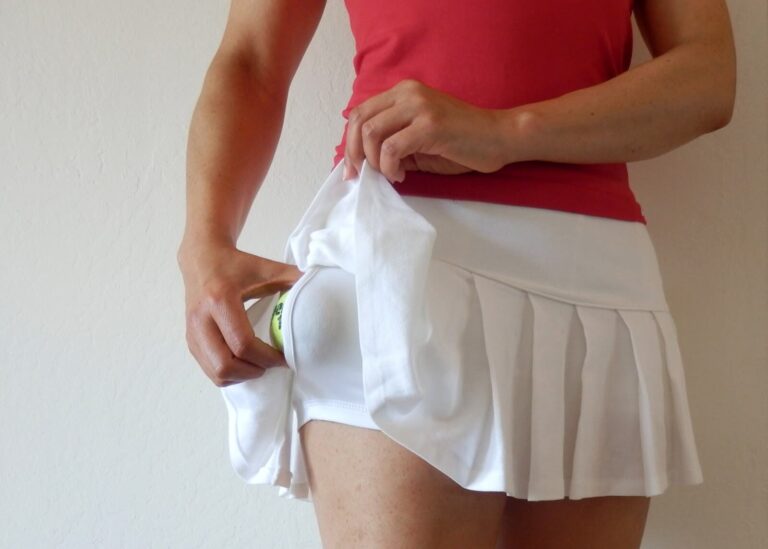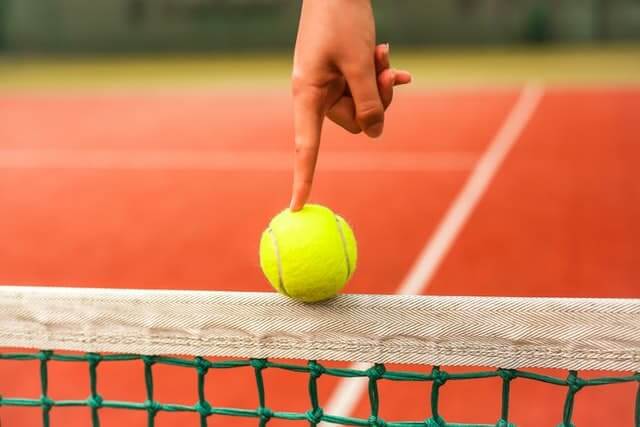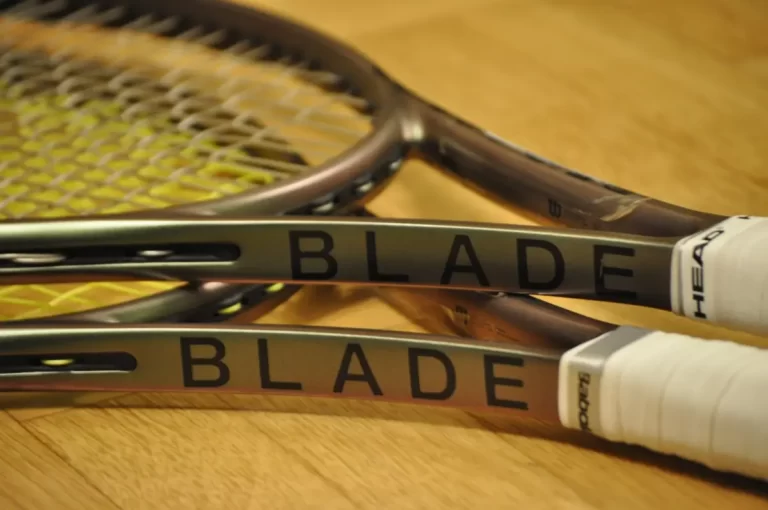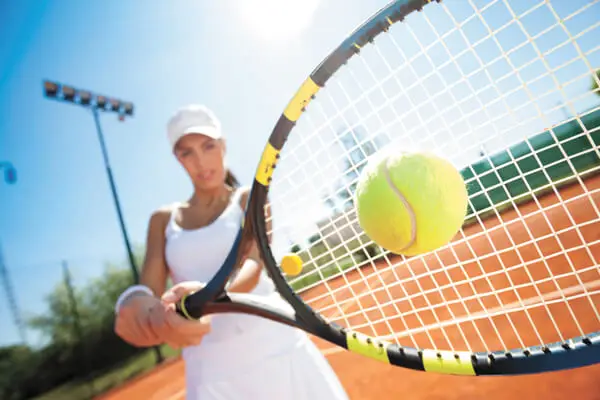Why Are Tennis Balls Sealed? ( the key reasons )
Tennis balls are sealed for several important reasons contributing to their court performance. The primary purpose of the sealed packaging is to maintain the integrity of the tennis ball, ensuring that it retains its specific characteristics and properties until it is ready to be used.
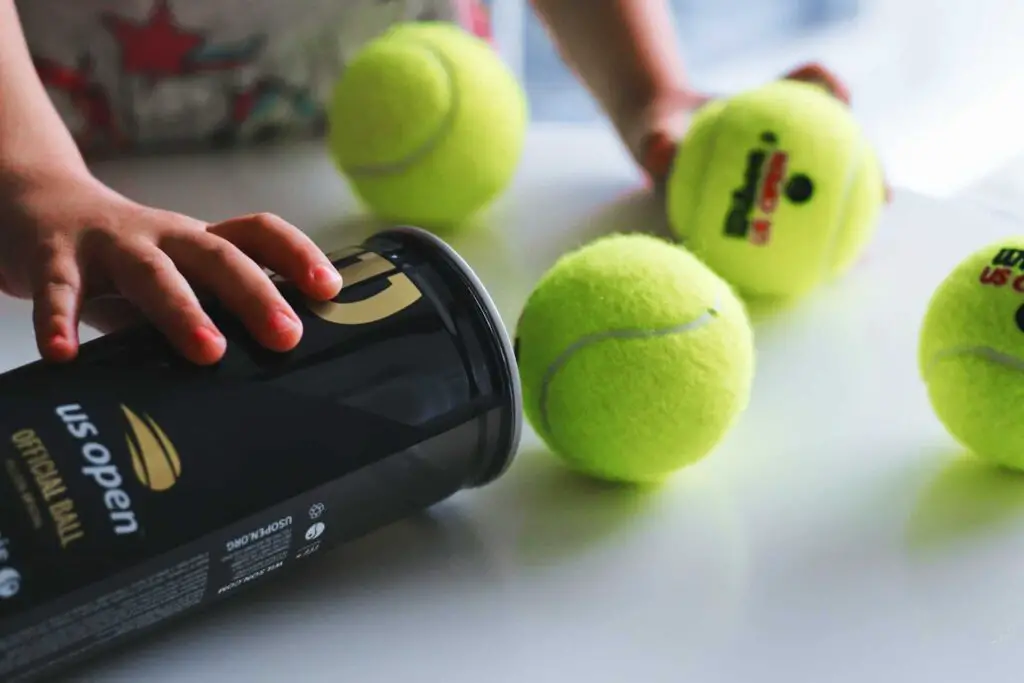
Let’s explore the key reasons why tennis balls are sealed:
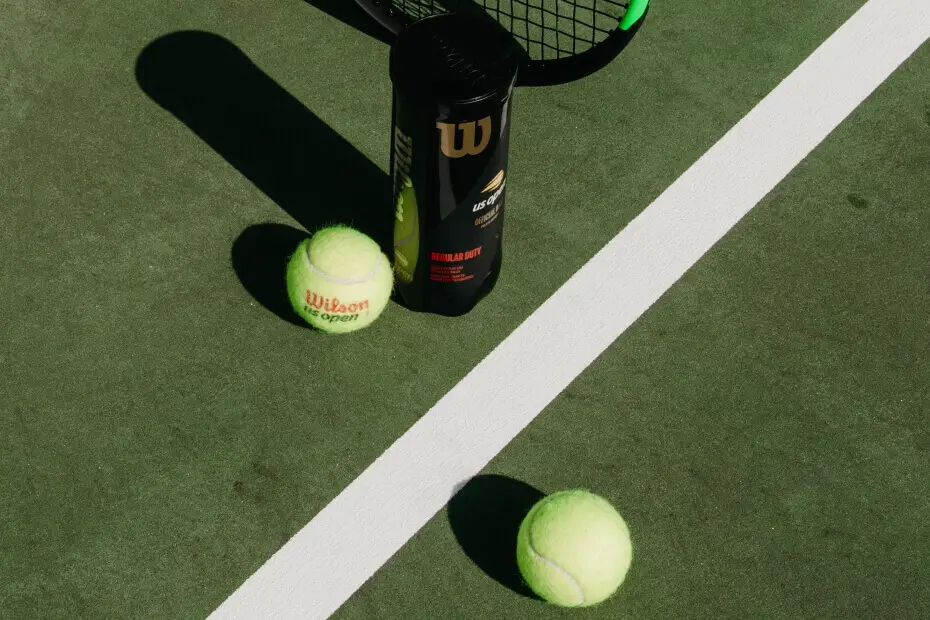
Pressure Retention:
Tennis balls are pressurized with air to provide the desired bounce and responsiveness during gameplay. The sealed packaging prevents air from escaping and helps maintain the internal pressure of the ball.
Without proper sealing, the pressure inside the ball would gradually decrease over time, resulting in a loss of bounce and altering the game’s dynamics.
Consistency:
Tennis balls undergo rigorous manufacturing processes to achieve a uniform size, weight, and compression. The sealed packaging preserves these characteristics, ensuring each ball remains consistent and comparable to others within the same batch.
Consistency in tennis balls is vital for players, as it allows them to anticipate and adapt to the ball’s behavior, ultimately enhancing their skill and gameplay experience.
Durability:
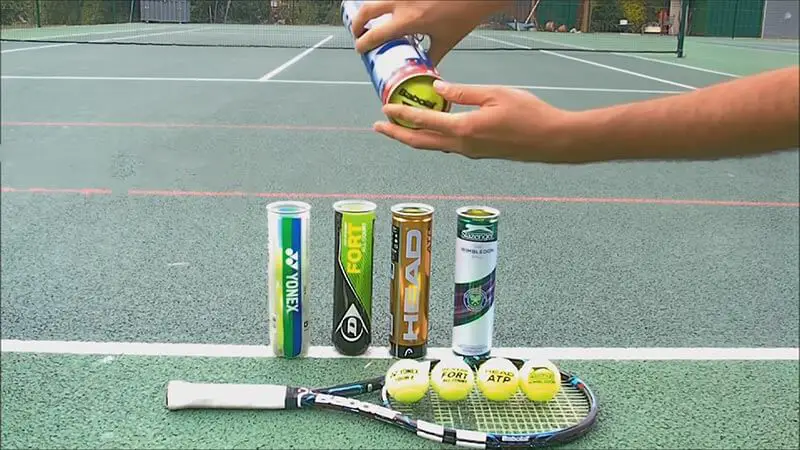
Tennis balls are subjected to intense impacts, friction, and wear during matches. The sealed packaging helps protect the outer felt covering of the ball, keeping it clean and free from debris and minimizing premature wear.
By preserving the ball’s durability, the sealed packaging extends its lifespan, enabling players to enjoy a reliable and long-lasting product.
Hygiene:
Tennis balls can contact various surfaces, including dirt, clay, and grass, during matches. The sealed packaging is a barrier, protecting the balls from external contaminants and maintaining their cleanliness.
This helps maintain a hygienic environment on the court and reduces the risk of transmitting germs or dirt from one playing surface to another.
Branding and Identification:
Canned or sealed tennis balls provide an ideal platform for branding and identification purposes. The exterior can offer ample space for manufacturers to showcase their logos, product information, and other relevant details.
This branding helps distinguish one brand from another and facilitates easy identification and differentiation of various ball types within a product line, such as different ball speeds or court surfaces.
Pressurized vs. Non-Pressurized Tennis Balls
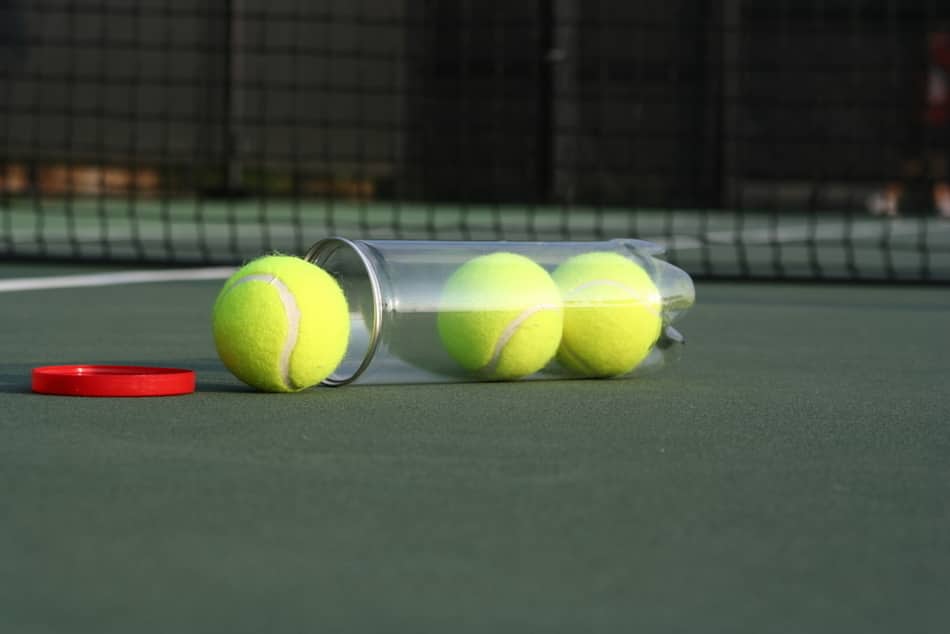
Tennis balls come in two main types: pressurized and non-pressurized. These two variations have distinct characteristics and are designed to cater to different playing preferences and court surfaces.
Understanding the differences between pressurized and non-pressurized tennis balls is essential for players looking to optimize their performance.
Let’s explore the characteristics and benefits of each type.
Pressurized Tennis Balls:
Pressurized tennis balls are the most commonly used in professional tournaments and recreational play. These balls are filled with pressurized air and are sealed to maintain their internal pressure.
Here are some key features of pressurized tennis balls:
Bounce and Responsiveness:
Pressurized balls have a lively bounce due to the air pressure inside. This characteristic allows players to generate more speed and spin, resulting in a faster and more dynamic game.
The enhanced bounce provides a satisfying response off the racket and enables players to precisely execute a wide range of shots.
Performance Consistency:
Pressurized balls are manufactured with specific pressure levels, ensuring consistency in terms of bounce and behavior. This consistency allows players to adapt to the ball’s characteristics and develop strategies accordingly.
It also provides a level playing field in competitive matches, where all players experience the same ball performance.
Limited Lifespan:
Pressurized balls gradually lose their internal pressure over time, decreasing bounce and playability. As the air leaks, the ball becomes less responsive and may feel heavier.
Typically, pressurized balls are recommended for use during a shorter duration, such as a single match or a few practice sessions, before they lose their optimal performance.
Non-Pressurized Tennis Balls:
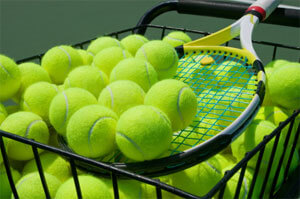
Non-pressurized or pressureless tennis balls have different construction and play characteristics than their pressurized counterparts. Here’s what you need to know about non-pressurized tennis balls:
Solid Core:
Unlike pressurized balls, non-pressurized balls have a solid core made of durable materials like rubber. They do not rely on internal air pressure for their bounce and performance. Instead, their playability is derived from the core’s composition and outer covering.
Consistent Bounce:
Non-pressurized balls offer a consistent bounce throughout their lifespan. Since they don’t lose pressure, their performance remains relatively stable.
This characteristic makes them suitable for players who prefer a consistent feel and value durability over the enhanced responsiveness of pressurized balls.
Longevity:
Non-pressurized balls are known for their longevity. They have a longer lifespan compared to pressurized balls, making them ideal for practice sessions, coaching, and situations where prolonged use is required.
The solid core construction allows them to withstand repeated impacts and maintain their bounce over an extended period.
Versatility:
Non-pressurized balls can be used on various court surfaces, including hard courts, clay courts, and grass courts. Their consistent bounce makes them adaptable to different playing conditions, allowing players to practice and play on other surfaces with the same set of balls.
How Long Can Tennis Balls Last?
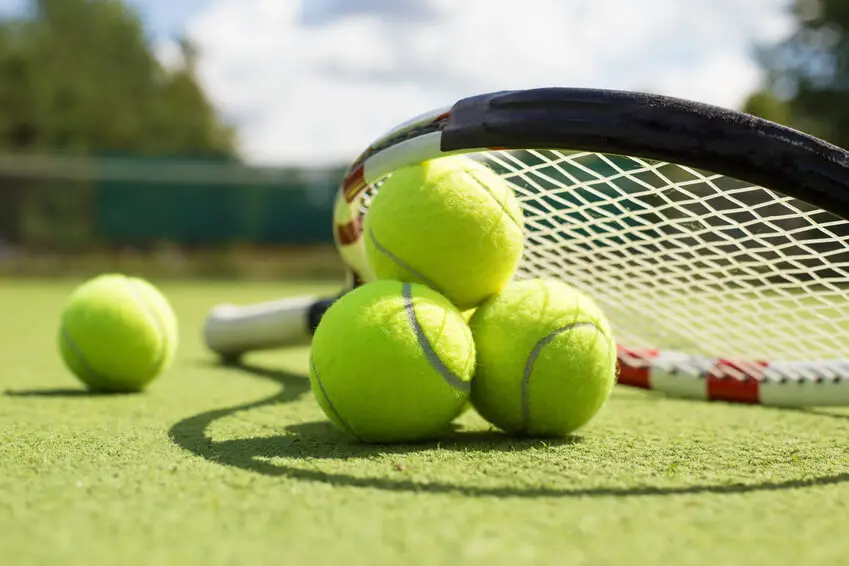
The lifespan of a can of tennis balls can vary depending on various factors, such as the type of balls (pressurized or non-pressurized), storage conditions, and frequency of use. Here are some general guidelines regarding the longevity of tennis balls in a can:
1. Pressurized Tennis Balls:
Pressurized balls have an internal air pressure that provides their characteristic bounce and responsiveness. However, this pressure gradually decreases over time, affecting the performance of the balls.
On average, a can of pressurized tennis balls can retain optimal performance for about 1 to 2 weeks after opening, assuming they are used regularly.
However, it’s important to note that the rate of pressure loss can vary, and some factors like temperature and humidity can accelerate this process. After the initial period, the balls may still be usable but may have reduced bounce and playability.
2. Non-Pressurized Tennis Balls:
Non-pressurized or pressureless balls have a solid core that does not rely on internal air pressure. These balls tend to have a longer lifespan compared to pressurized balls.
Depending on usage, they can maintain their consistent bounce and performance for a more extended period, often lasting several months or even years.
Non-pressurized balls are known for their durability and can withstand more extended practice sessions and frequent use without significant degradation.
Saving Money On Tennis Balls
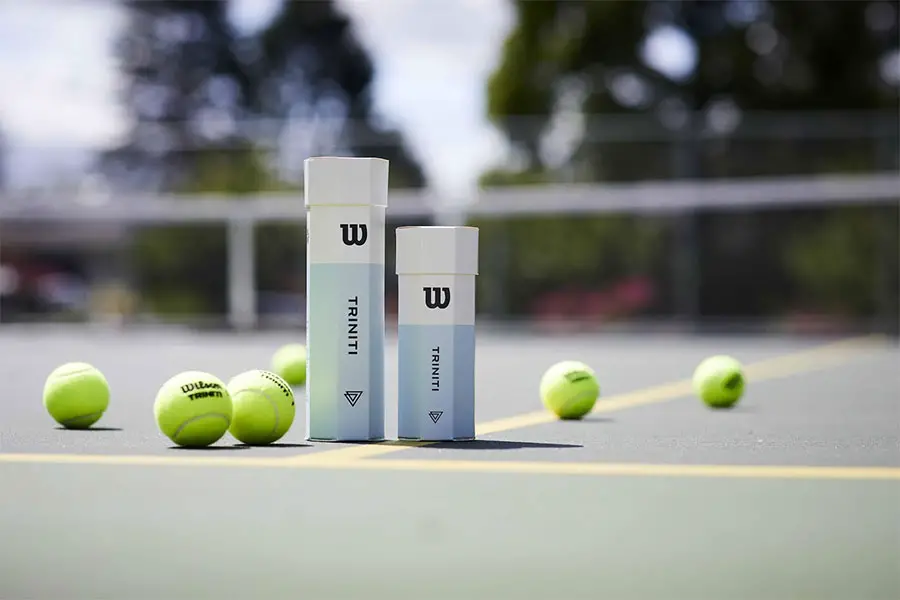
If you’re looking to save money on tennis balls without compromising on quality, here are some tips to consider:
Purchase in Bulk:
Buying tennis balls in larger quantities, such as multi-packs or cases, often offers cost savings compared to buying individual cans. Look for deals or discounts for bulk purchases online or at sporting goods stores.
Opt for Non-Pressurized Balls:
Non-pressurized or pressureless tennis balls tend to have a longer lifespan and can be cost-effective. These balls maintain their bounce and durability over time, allowing you to get more use out of them before replacing them.
Choose Practice Balls:
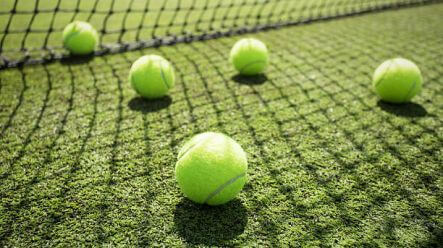
Practice balls are typically slightly cheaper than tournament-grade balls. These balls may have minor cosmetic imperfections or be discontinued models but still offer decent performance for practice sessions. Consider using practice balls for training and recreational play to save money.
Take Advantage of Sales and Discounts:
Watch for sales, promotions, or clearance events at sporting goods stores or online retailers. You may find discounted tennis balls during specific seasons, holidays, or special sales events.
Subscribing to newsletters or following retailers’ social media accounts can help you stay updated on any offers or discounts.
Rejuvenate Used Balls:
If you have slightly worn tennis balls that have lost some bounce, you can try rejuvenating them to extend their usability. Techniques like using a tennis ball pressurizer or soaking them in warm water can help restore some of the bounce and make them suitable for practice or recreational play.
In Conclusion:
The sealed packaging of tennis balls serves multiple purposes, ranging from preserving their pressure and consistency to enhancing their durability and ensuring fair play.
The sealed packaging contributes to tennis balls’ overall quality, performance, and integrity, enabling players to experience consistent and reliable playing experience on the court.
Resources:
- https://www.sportsver.com/why-do-tennis-balls-come-in-a-can/
- https://theracketlife.com/why-do-they-seal-tennis-balls/
- https://www.reddit.com/r/explainlikeimfive/comments/3m8ru5/eli5_why_do_tennis_balls_come_in_a_sealed/
- https://www.sportsver.com/40-ways-to-save-money-as-a-tennis-player-ultimate-list/
Related Posts
Do Tennis Players Jump When Serving? (But Why)
Why Do Tennis Players Yell At Their Box?

